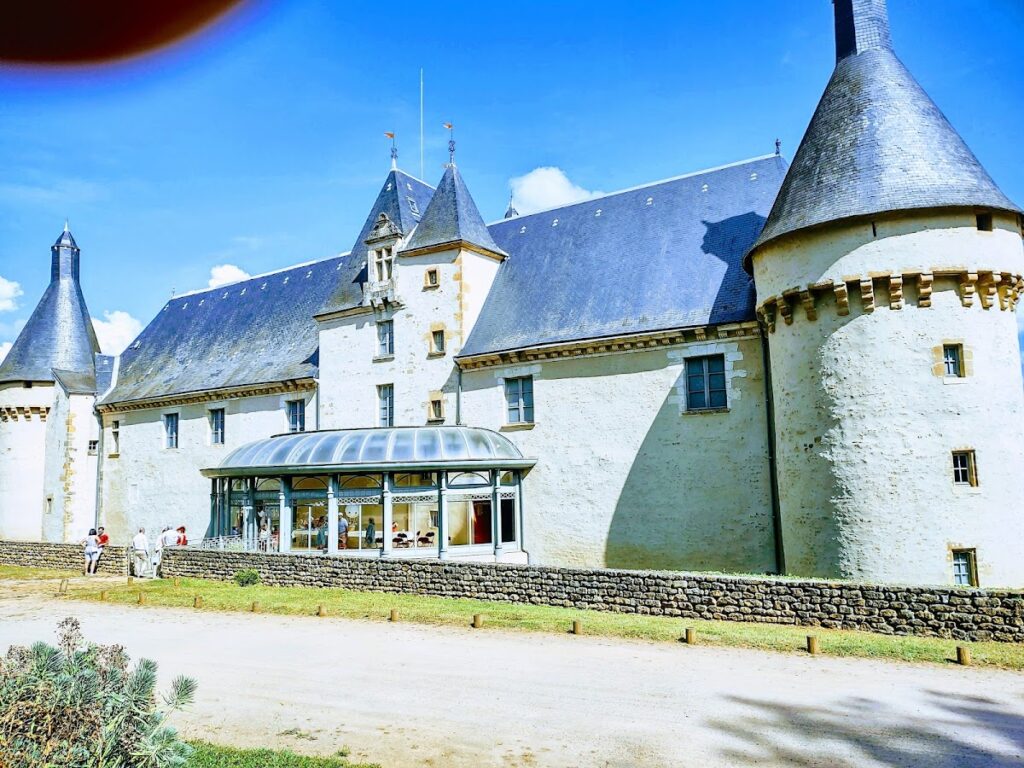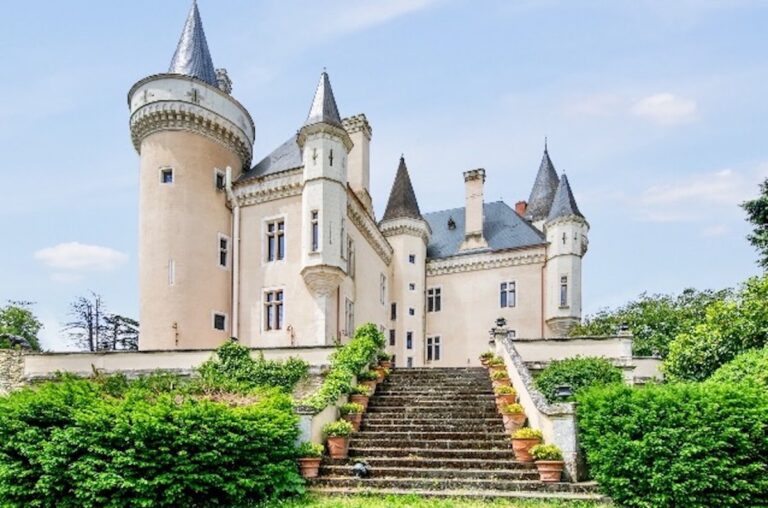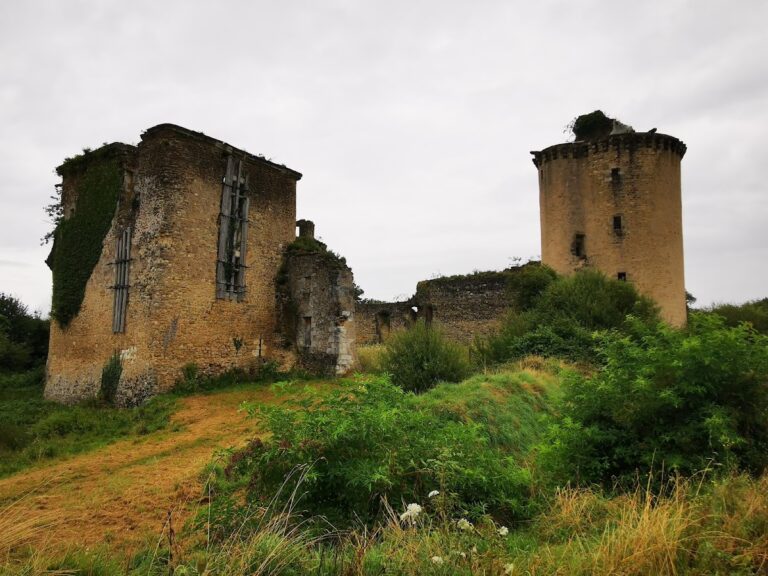Château d’Ars: A Historic Medieval and Renaissance Estate in Lourouer-Saint-Laurent, France
Visitor Information
Google Rating: 4.6
Popularity: Low
Google Maps: View on Google Maps
Country: France
Civilization: Unclassified
Remains: Military
History
The Château d’Ars stands in the municipality of Lourouer-Saint-Laurent in France. Its origins trace back to the medieval period, with construction attributed to local feudal lords during the 14th century, although the earliest records only begin in the early 15th century.
By around 1405, the estate entered the Bourges family through the marriage of Perrin de Bourges to Marguerite d’Ars. Marguerite likely descended from Geofroy d’Ars, a vassal recorded in 1292. Perrin II de Bourges, lord of Ars in 1435, married Philippe de la Celle circa 1440, continuing this lineage. Their descendants included Louis d’Ars, born around 1465, who gained prominence as a military leader serving under Kings Charles VIII and Louis XII. In recognition of his service, Louis saw the seigneurie elevated to a marquisate and was later granted the title of Duke of Terme by King François I in 1516. In addition to these honors, he held the titles of Count of Vauguyère and La Girolle in Italy, serving as both counselor and captain to the king.
Following Louis d’Ars’ death around 1530, ownership passed to his sister Marguerite d’Ars, who then sold the property to Marguerite Douerou. The château subsequently came under the possession of Anne de la Forest and Pierre de Chamborant from 1584. During their tenure, significant modernization took place, culminating in the completion of the château’s façade.
In the later decades of the 16th century and into the 18th century, the château experienced various changes in ownership, including confiscation by the Prince of Condé, leading to multiple transitions. In 1755, Jean-Jérôme Bardon acquired the estate, undertaking restoration projects and developing the surrounding park. Around 1782, the property was purchased by Jean-Baptiste Papet and his brother and remained in the Papet family until 1926.
Jean-Baptiste Papet’s grandson, Gustave Papet—born at the château in 1812—formed a friendship with the writer George Sand. Sand incorporated the château into her literary work, setting scenes from her novel Les beaux messieurs de Bois-Doré there. Notably, Jean-Baptiste Papet was the first physician summoned to attend the composer Frédéric Chopin during his visit in 1839.
The château was officially listed as a historic monument on April 24, 1926. After a period serving as an archive storage site for an industrial firm, stewardship passed to the city of La Châtre in 1980. Since then, it has functioned as a cultural venue supporting exhibitions and activities that highlight both romanticism and the regional heritage.
Remains
The Château d’Ars features a complex layout combining residential and defensive elements typical of medieval and Renaissance architecture. Initially conceived as a fortress, the estate includes structures such as granges (farm buildings) and garennes (enclosed warrens or game reserves), as recorded in historical documents. These components reflect the château’s role not only as a noble residence but also as a working rural estate.
One of the château’s prominent architectural aspects is its façade facing southeast, completed by its late 16th-century owners following substantial remodeling in the previous century. The presence of corner towers attests to its fortified origins, offering vantage points for defense while contributing to its aesthetic character.
An entrance gate leading to the attached chapel reveals the integration of religious functions within the estate’s precincts, consistent with the practices of noble households of this period. Although the main entrance section visible today is a later addition, it complements the older defensive structures and provides access to the château’s inner courtyards.
Surrounding the building is a park established in the mid-18th century by Jean-Jérôme Bardon. This landscaped area was designed to enhance the setting and utility of the château, evolving over time as a space for public gatherings and cultural events. The park remains integral to the overall site, providing a historic green space linked to the estate’s evolving functions.
Together, these features compose a site that embodies centuries of architectural adaptation, reflecting changes in ownership, defensive needs, and domestic preferences while preserving a tangible connection to its medieval roots and later developments.










